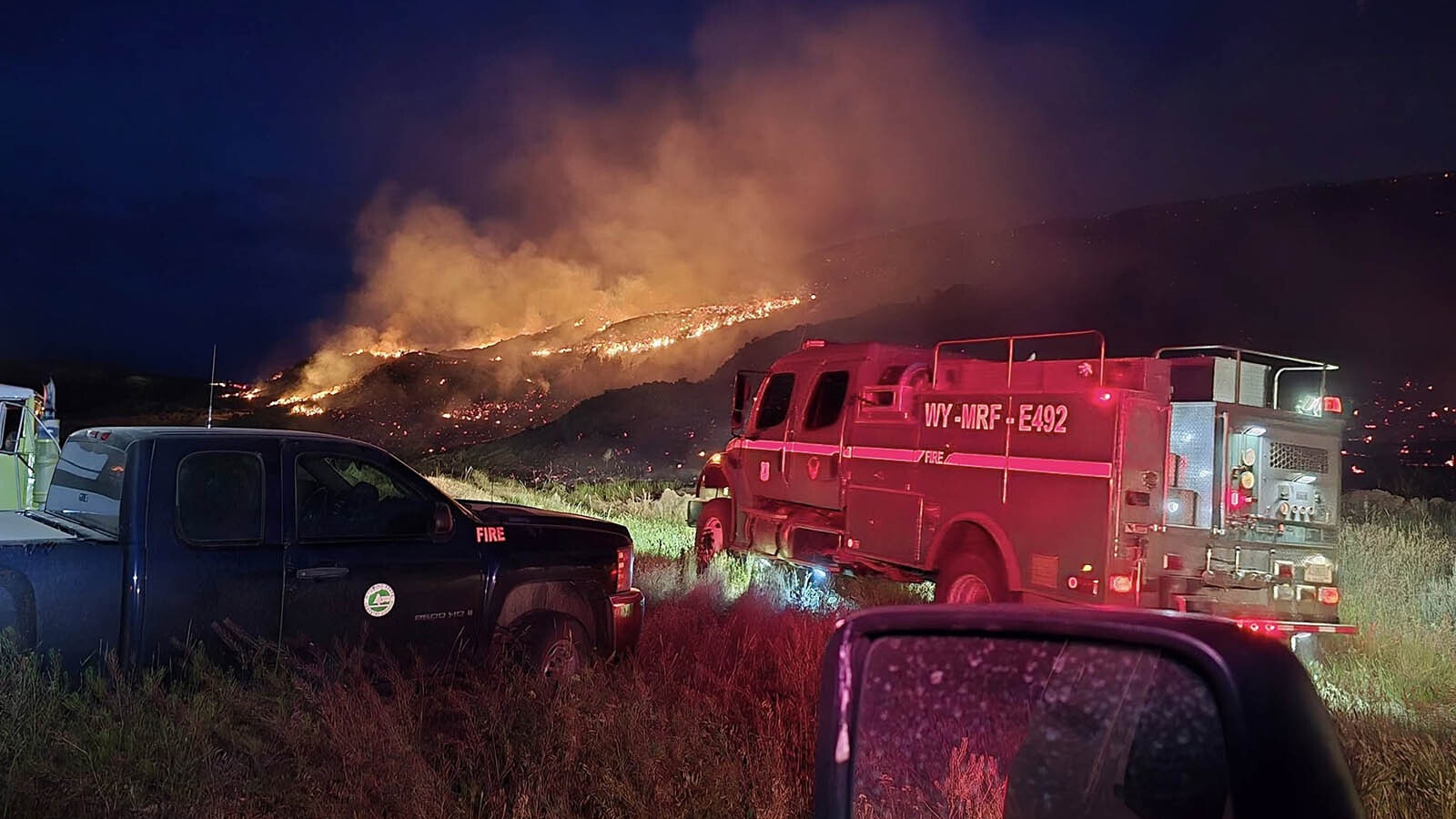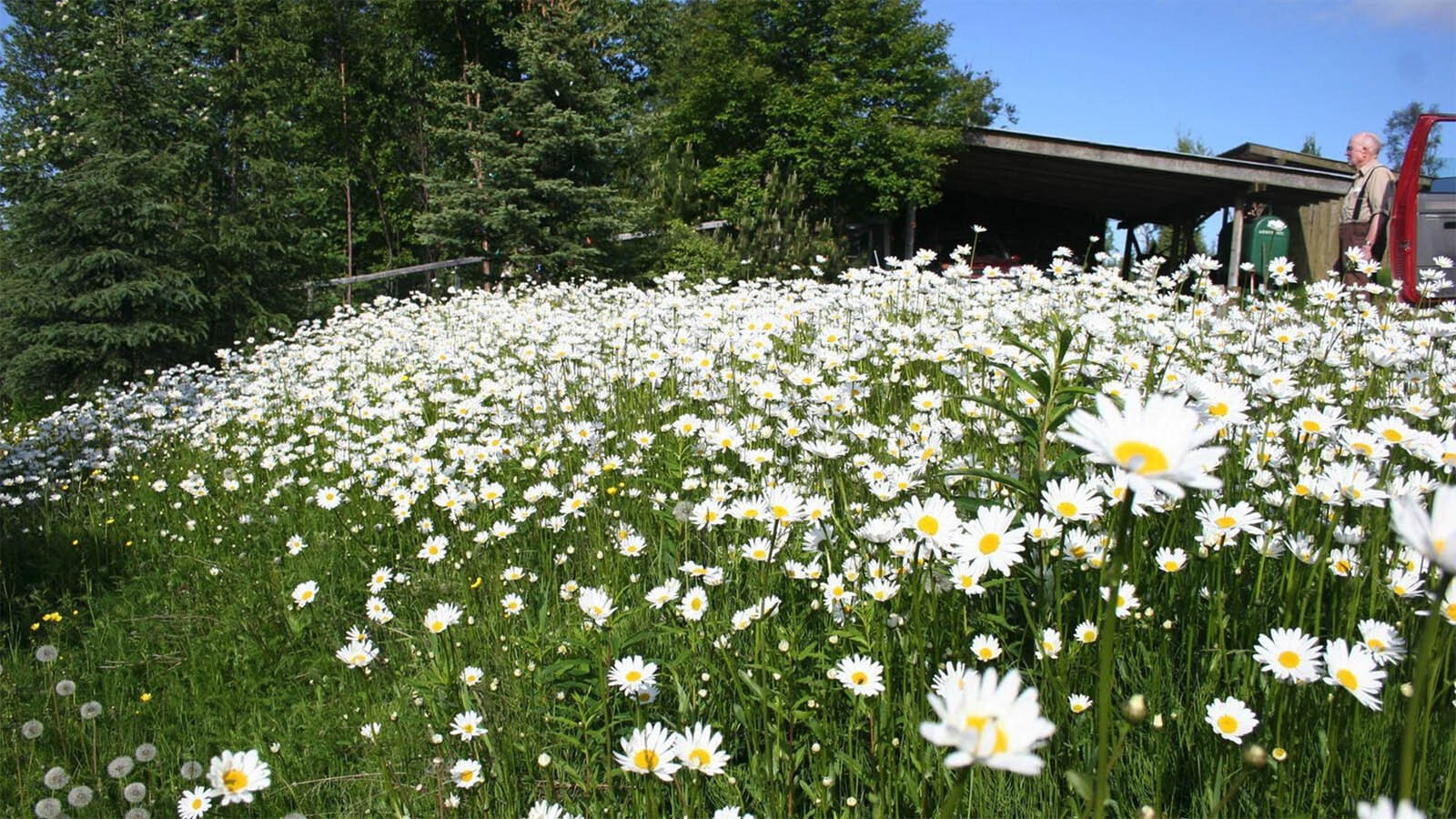The continual eastward push of prairie grizzlies raises an interesting question – just how far can they go?
If they make it to western North Dakota, they could possibly find a home there, a wildlife official there said.
North Dakota has the food sources and habitat that grizzlies would need. And the state has already seen an influx of another large apex carnivore species — wolves, Bill Haase told Cowboy State Daily. He’s assistant chief of the North Dakota Game and Fish Department’s Wildlife Division.
“Our habitat would have that potential (to support grizzlies) in portions of the state,” he said.
Go East, Young Bears
Grizzlies are well-suited to life on the prairie. They once roamed nearly the entirety of the Great Plains west of the Mississippi River. However, they were pushed back into remote mountain wilderness as the West was settled.
“The last grizzly sighting in North Dakota was in the late 1800s,” Haase said.
By the mid-1970s, there were only small pockets of grizzlies left in the Yellowstone National Park area of Wyoming and in Montana’s rugged Northern Continental Divide. In 1975, grizzlies in the Lower 48 were placed under federal protection. They have since grown in numbers and expanded their territory in Wyoming, Montana and Idaho.
In northcentral Montana, they’ve pushed eastward across the prairies, with restless young male grizzlies typically venturing the farthest. Most recently, they’ve been showing up in Montana’s beautiful and rugged Missouri Breaks country.
That puts them just a few hundred miles from the North Dakota state line, and the Missouri Breaks habitat is contiguous all the way into North Dakota, Haase said.
Elk, Mule Deer Could Be On The Menu
If grizzlies ever do make it to North Dakota, they could eat some of the same things they do in Wyoming, elk and mule deer carcasses in particular, Haase said.
“We do have a decent amount of elk in some areas,” he said. That includes about 1,000 elk in the badlands near the Montana state line.
North Dakota also has decent numbers of mule deer, Haase added. So, grizzlies might be able to dine on mule deer fawns or adult deer’s carcasses.
In some ways, North Dakota’s mule deer have been doing better than Wyoming’s, he said.
Chronic wasting disease is prevalent in some Wyoming mule deer herds. Most recently, CWD was detected in the carcass of a buck mule deer from the Cody area that trekked into a remote part of Yellowstone Park and died. It is the first officially documented case of CWD in the park.
Meanwhile, CWD remains rare in North Dakota mule deer, Haase said. And while that state’s mule deer were somewhat knocked back by a few tough winters, they didn’t suffer the massive winterkill that hammered some of Wyoming’s premier herds.
Western North Dakota also has lush grasslands that might help sustain grizzlies. And there are plenty of river bottoms and gullies, just the sorts of places where prairie grizzlies like to hang out, Haase said.

Wolves From Three Directions
The human tolerance for grizzlies in North Dakota could possibly be gauged by how North Dakota has handled the influx of wolves so far, Haase said.
There are no established packs there, but wolves have been tricking in from three directions – Montana, Canada and Minnesota.
Wolves from Minnesota are smaller and live differently from wolves out West.
Those wolves, along with a few black bears, have pushed into woodlands on the eastern side of North Dakota, but can’t get very far before they hit open farmland.
Wolves remain under federal protection in North Dakota and may not be shot, he said. So long as grizzlies remain under federal protection, the situation might be similar with them.
“I guess what we would do with grizzlies would depend on the letter of the law” whether that meant that some grizzlies could be killed for such things as preying on livestock, or if they had to be left alone, he said.
Having grizzlies “would come with its issues. I would see it as somewhat similar to how things are with the wolves in our state, if they both remain protected species,” Haase said.
Similar Elk Quandary
Grizzlies scarfing down elk might win them some favor in North Dakota. The growing number of elk there has created similar quandaries to those in Wyoming.
In the Cowboy State, there has been some discussion about what to do with an overabundance of elk on ranchland, particularly in the eastern part of the state.
“We have similar issues on a smaller scale as you guys,” Haase said, adding that with some North Dakota farmers and ranchers are getting weary of elk tearing down fences, gobbling crops or gorging on haystacks.
Elk hunting in North Dakota so far has been limited, he said.
“Any elk, moose or bighorn sheep hunting tags in North Dakota are once-in-a-lifetime,” Haase said.
But if things keep going as they are, North Dakota might loosen up regulations for elk.
“We’re probably about getting to the limits of our landowners’ tolerance,” he said.
Mark Heinz can be reached at mark@cowboystatedaily.com.





